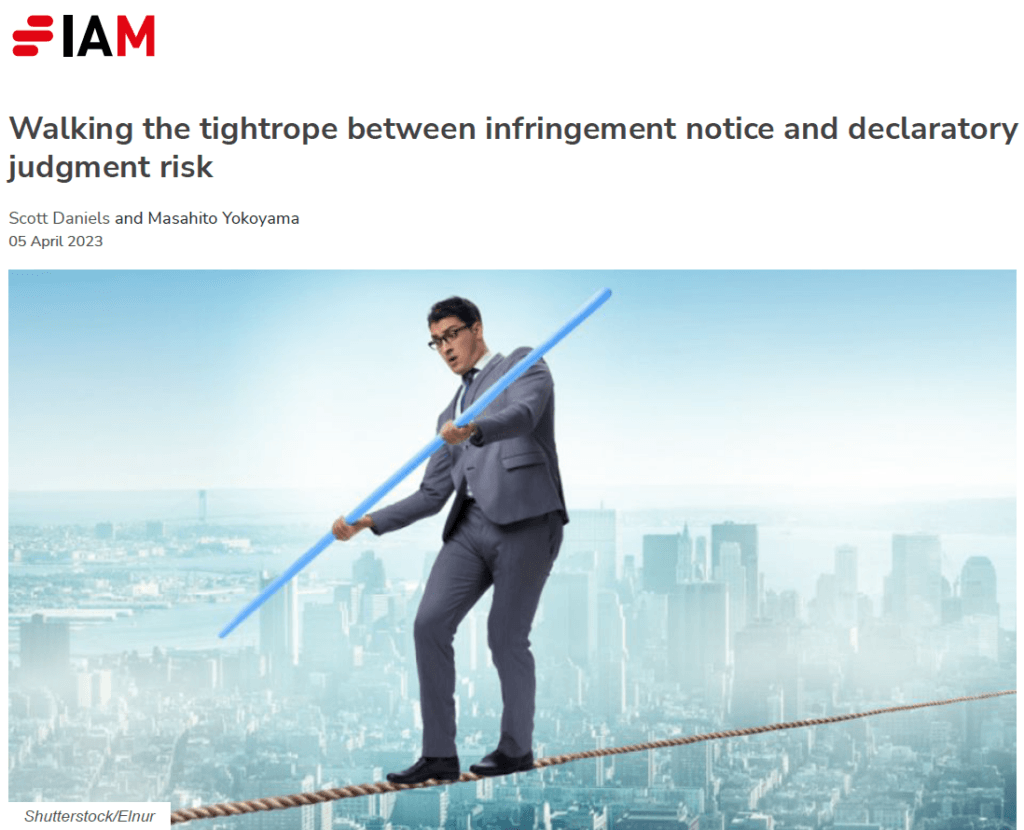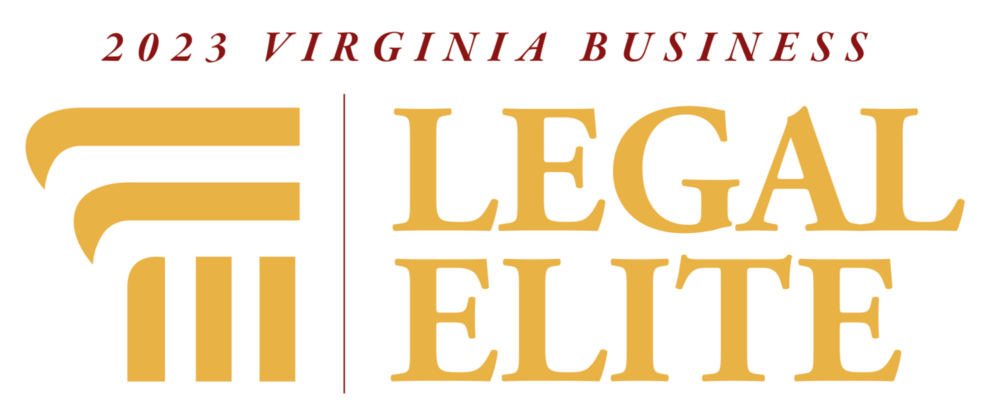 An article published in IAM by Scott Daniels and Masahito Yokoyama
An article published in IAM by Scott Daniels and Masahito Yokoyama
So-called “threat letters” or “cease-and-desist letters” are an extremely common method for a patent owner to initiate licensing negotiating discussions with parties who are infringing its patents. Such letters achieve certain “notice” advantages in later infringement litigation involving those patents. The possible tone of such letters runs the gamut from collegial to extremely aggressive.
It is essential that the patent owner’s letter be sufficiently strong and specific to motivate the adverse party to cease its infringing activity or pay a royalty, or at the very least, to place the receiver “on notice” that it is infringing the patents in question. At the same time, it is essential that the letter is not so strong and specific that it creates “a legal controversy”affording the adverse party the option of suing the patent owner for declaratory judgment of non-infringement in a jurisdiction that is unfavourable to the patent owner.
Read the entire article on iam-media.com >
要旨:本稿では、特許侵害を行う他社への警告書を作成する際の留意事項、特にどの程度の“詳細さ”のレベルで警告書を記載すべきについて解説する。他社に侵害行為を辞めてもらったり、ロイヤリティを支払ってもらうためには当然ながらある程度のレベルの詳細な記載が求められる。また、損害賠償の起算点や故意侵害などで求められる他社への“Notice”(通知)要件を満たすためにも、警告書にはある程度の詳細さが求められる。一方で、警告書が詳細過ぎると、“法律上の争い”(“a legal controversy”)が存在するとして、他社は、特許権者に不利な裁判所にて非侵害の確認訴訟(declaratory judgment)を求めることが可能になってしまう。よって、警告書の記載には最適なレベルの“詳細さ”が求められる。具体的には、特許番号の特定、イ号製品の特定はすべきである。より詳細な主張をしたい場合やそのような記載がないと分かりづらい場合は、クレームのキーとなる特徴部分と、それに対応したイ号製品の該当部品・機能を特定してもよいだろう。一方で、クレーム構成要件と製品を一対一で示したクレームチャートは含めるべきではない。なお、他社の求めに応じてクレームチャートを提出するのはよい(判例上、確認訴訟の要件となる“法律上の争い”にはあたらない)。









